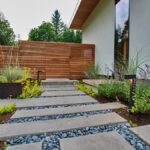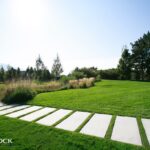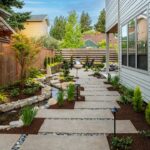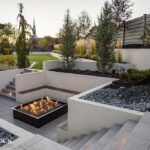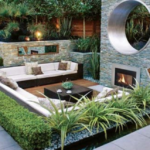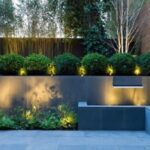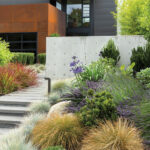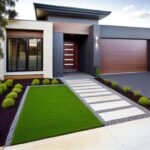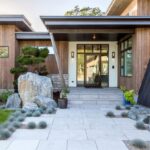Modern landscape design is a style that has gained popularity in recent years for its clean lines, geometric shapes, and minimalist approach. This style places a strong emphasis on incorporating the natural elements of a space in a way that is both functional and visually appealing.
One key aspect of modern landscape design is the use of clean lines and geometric shapes. This can be seen in the layout of pathways, planting beds, and outdoor seating areas. By incorporating these elements, designers are able to create a sense of order and balance in the space, while also providing a sleek and contemporary look.
Another important feature of modern landscape design is the use of minimalism. This means that designers focus on using a limited color palette, simple plantings, and clean materials such as concrete, steel, and glass. This results in a space that feels uncluttered and harmonious, allowing the natural elements of the landscape to stand out.
In addition to clean lines and minimalism, modern landscape design often incorporates sustainable practices. This can include using drought-tolerant plants, installing rain gardens to capture stormwater runoff, and incorporating native plants that require less maintenance and water. By implementing these sustainable practices, designers are able to create spaces that are not only aesthetically pleasing but also environmentally friendly.
One of the key principles of modern landscape design is the idea of creating outdoor spaces that are extensions of the indoor living area. This can be achieved through the use of outdoor seating areas, fire pits, and outdoor kitchens that create a seamless transition between the inside and outside of a home. By blurring the lines between indoor and outdoor spaces, designers are able to create a cohesive and inviting environment for homeowners to enjoy.
Overall, modern landscape design is a versatile and dynamic style that has the ability to transform outdoor spaces into beautiful and functional areas. By incorporating clean lines, geometric shapes, minimalism, sustainability, and indoor-outdoor connections, designers are able to create landscapes that are not only visually stunning but also practical and enjoyable for homeowners.

